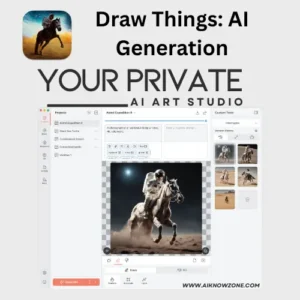
Octo
A comprehensive review of Octo, a generative AI framework designed to enhance model inference capabilities, now part of NVIDIA. Find out its features, benefits, and real-world use cases.
Description
Octo Review: A Deep Dive into NVIDIA’s New AI Powerhouse
Okay, folks, let’s talk about Octo! If you haven’t heard the news, Octo, the generative AI framework designed to boost model inference for developers and enterprises, was acquired by NVIDIA in September 2024. This is huge! 🤯 Basically, Octo aimed to make running, tuning, and scaling generative AI models easier and more cost-effective. It promised to bring together cost savings, user-friendliness, and the flexibility of open-source. Now under the NVIDIA umbrella, it will be interesting to see how NVIDIA integrates Octo’s tech to further dominate the generative AI space. But what exactly did Octo do and why should you care?
Before the acquisition, Octo positioned itself as a solution for developers who wanted to rapidly evaluate and deploy generative AI models in real-world production environments. It supported a range of generative AI applications, from language to image generation. The platform also integrated with NVIDIA NIM, inference microservices designed to accelerate the deployment of foundational models. In essence, Octo acted as a bridge, making cutting-edge AI technology more accessible and manageable. Let’s dive into some key features and benefits.
Key Features and Benefits
- Efficient Model Deployment: Octo was designed to streamline the process of deploying AI models, making it faster and easier to get your AI projects up and running.
- Generative AI Infrastructure: Offers the infrastructure to run, tune, and scale models, powering a wide range of AI applications.
- Cost Savings: A key selling point was its ability to reduce the costs associated with running generative AI models.
- Open Source Flexibility: Embraced open-source models, providing users with more control and customization options. For instance, the platform supported models like Llama3, Mixtral and SDXL.
- Integration with NVIDIA NIM: Integrated NVIDIA NIM to serve customer use cases including language and image generation.
How It Worked (Simplified)
From what I gather, using Octo involved a relatively straightforward process. The aim was that you would sign up and gain access to the platform. From there, you could experiment with various inference-optimized models and deploy the ones that best fit your needs. The platform provided tools for tuning and scaling these models to ensure optimal performance in your specific environment. The idea was that it simplified all the complex backend processes that can make it difficult to use AI, allowing anyone to harness the power of generative AI.
Real-World Use Cases for Octo (Pre-NVIDIA Acquisition)
- Image Generation for E-commerce: Imagine you’re running an online store. Octo could have been used to automatically generate product images, saving you time and resources on photography.
- Content Creation for Marketing: Need engaging content for your marketing campaigns? Octo could have helped you generate articles, social media posts, and ad copy, all tailored to your target audience.
- AI-Powered Chatbots: Want to enhance your customer service? Octo could have been used to build and deploy AI-powered chatbots that can answer customer questions and resolve issues, now that the platform is fully acquired by NVIDIA, expect greater advancement.
Pros of Octo
- Ease of use with pre-built templates.
- Integration with NVIDIA NIM for optimized performance.
- Support for a wide range of open-source models.
- The ability to run open source models and custom models
Cons of using Octo
- Acquisition Uncertainty: Since it’s been acquired, the exact future of the platform and its availability are still unclear.
- Dependency on NVIDIA: Future development and direction are now entirely in NVIDIA’s hands.
Octo Pricing
Previously, Octo likely offered various pricing tiers based on usage and features. However, with the NVIDIA acquisition, the pricing structure has likely changed or been integrated into NVIDIA’s existing offerings. Keep an eye on NVIDIA’s official announcements for updates.
Conclusion
In conclusion, Octo, now part of NVIDIA, was a promising generative AI framework that aimed to democratize access to AI technology. While its future as a standalone product is uncertain, its core technology and expertise will likely play a significant role in NVIDIA’s continued dominance of the AI landscape. If you are a developer or enterprise looking to leverage generative AI, keep an eye on NVIDIA’s future announcements. Perhaps, you’ll see some of Octo’s tech baked into future NVIDIA products and services! 🚀


Reviews
There are no reviews yet.